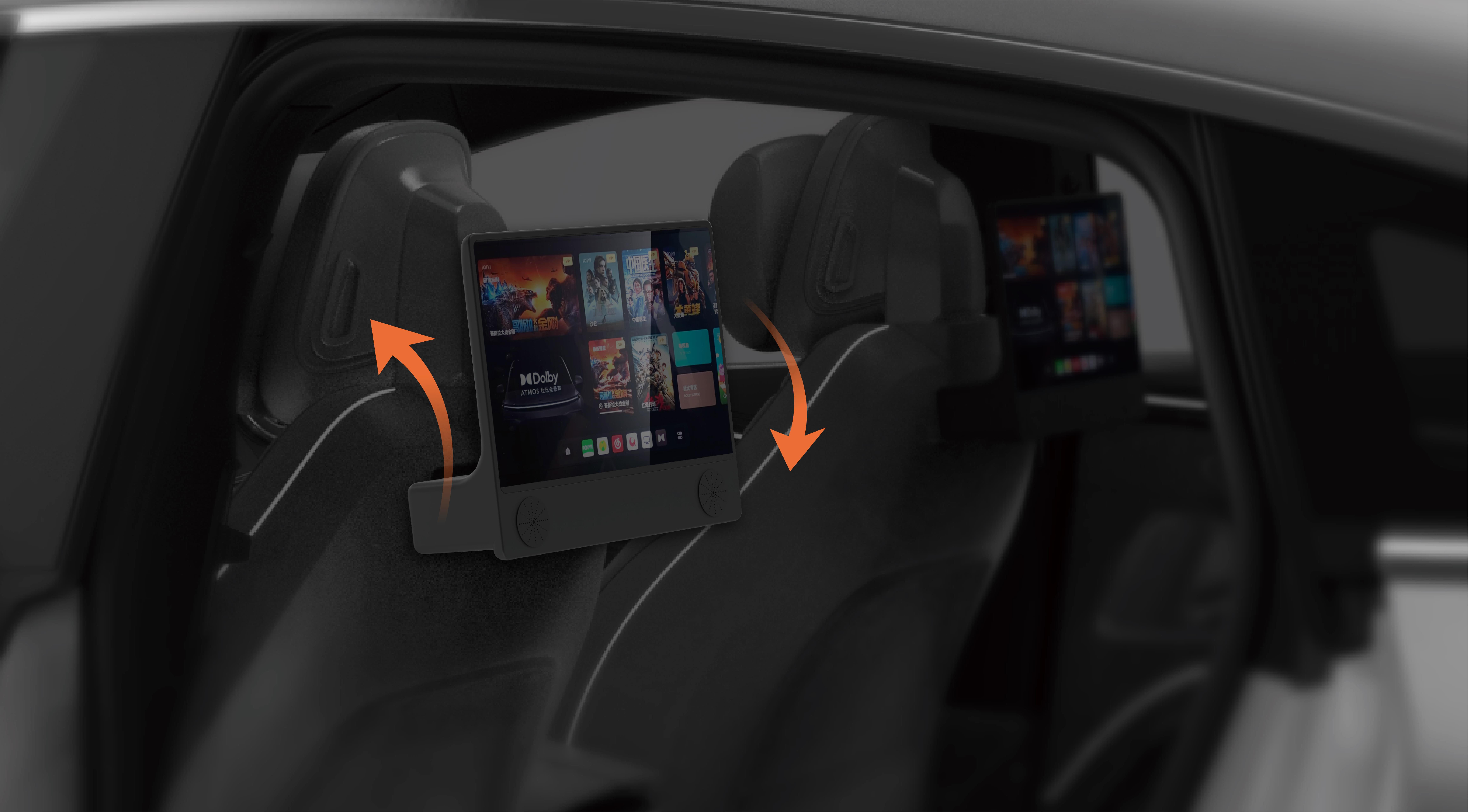Unleashing the potential of Arduino and servo motors: A beginner’s journey into robotic control
Imagine a world where your creations move, turn, and respond to your commands—where your ideas come to life through automated motion. Welcome to the fascinating universe of Arduino and servo motors, two essential components in the maker’s toolkit that power countless projects from robotic arms to remote-controlled vehicles. This article takes you through an inviting and easy-to-understand journey to program and control a servo motor with Arduino, revealing the secrets behind smooth, precise movements.

Understanding the basics: What is a servo motor, and why use Arduino?
Before diving into the coding and connections, it's helpful to understand what a servo motor really is and why Arduino is the perfect companion for controlling it.
A servo motor is a compact, high-precision device capable of rotating to a specified angle based on an electrical control signal. Unlike standard motors that spin continuously, servos can be directed to a particular position, making them ideal for robotics, automation, and remote control applications. Whether you want to open a robotic hand, tilt a camera, or animate a model, servo motors give your projects the agility and precision they need.
On the other hand, Arduino is a versatile microcontroller platform renowned for its simplicity and rich ecosystem. Its open-source hardware and user-friendly programming environment make it accessible for beginners without sacrificing power for advanced users. By connecting a servo motor to an Arduino, you can control motion with just a few lines of code, opening a gateway to endless creative possibilities.
Getting started: Essential components and setup
Let's first gather what you'll need:
Arduino board: Uno, Nano, Mega—any Arduino compatible will do. Servo motor: Standard hobby servo (like SG90 or MG995). Power supply: Usually a 5V source (battery or power adapter). Connecting wires: Jumper wires to make your connections neat and reliable. Breadboard: Optional, for prototyping. Computer: With the Arduino IDE installed.
Now, the setup. Connect the servo motor to the Arduino:
Signal pin: Connect to a digital PWM pin (e.g., pin 9). Power pin: Connect to 5V pin on Arduino. Ground pin: Connect to GND on Arduino.
If your servo draws a lot of current, consider using an external power supply to prevent the Arduino from resetting. Always connect the grounds together to maintain a common reference point.
Writing your first program: Basic servo control
The next step is translating your ideas into code—writing a program that makes your servo turn to a specific position. The Arduino IDE simplifies this process with its built-in Servo library, a treasure trove for handling servo operations.
Here’s a simple example:
#include Servo myServo; // create a Servo object void setup() { myServo.attach(9); // attaches the servo to pin 9 } void loop() { myServo.write(0); // move to 0 degrees delay(1000); // wait for a second myServo.write(90); // move to 90 degrees delay(1000); // wait for a second myServo.write(180); // move to 180 degrees delay(1000); // wait for a second }
Upload this code to your Arduino, and watch the servo as it gradually moves from one position to the next. Feel free to experiment by adjusting the angles or timings.
Understanding the code: How it works
The Servo library simplifies controlling the servo, wrapping the complex PWM signals behind simple commands. attach() links the servo object to a specific PWM pin. write() sets the position of the servo in degrees (0-180). delay() pauses the program, allowing the servo time to reach the desired position.
This basic example lays the groundwork. From here, your imagination is the limit—control servos with sensors, add user input, animate complex sequences, or even build your own robotic arm.
Troubleshooting and tips
Servo jittering or not moving: Check your connections, especially ground and power. Some servos require more current than the Arduino can supply. Unpredictable behavior: Ensure your power source is stable. Using an external 5V power supply can prevent resets. Servo noise: Moving slowly or adding delay can reduce jitter. Programming errors: Make sure your code compiles without errors and that the correct port and board are selected.
Creative ideas to expand your project
Create a remote-controlled robot with a joystick controlling the servo. Automate a camera gimbal to keep footage steady. Build a robotic hand mimicking human finger movements. Design a sun-tracking system that moves solar panels to optimize sunlight.
By mastering the fundamentals of servo control with Arduino, you're opening the door to an incredible world of robotics, automation, and artistic motion. Stay tuned for Part 2, where we'll explore advanced control techniques, sensor integration, and real-world project ideas that transform your simple servo setup into a complex, intelligent system.
Leveraging innovations in modular drive technology, Kpower integrates high-performance motors, precision reducers, and multi-protocol control systems to provide efficient and customized smart drive system solutions.




































